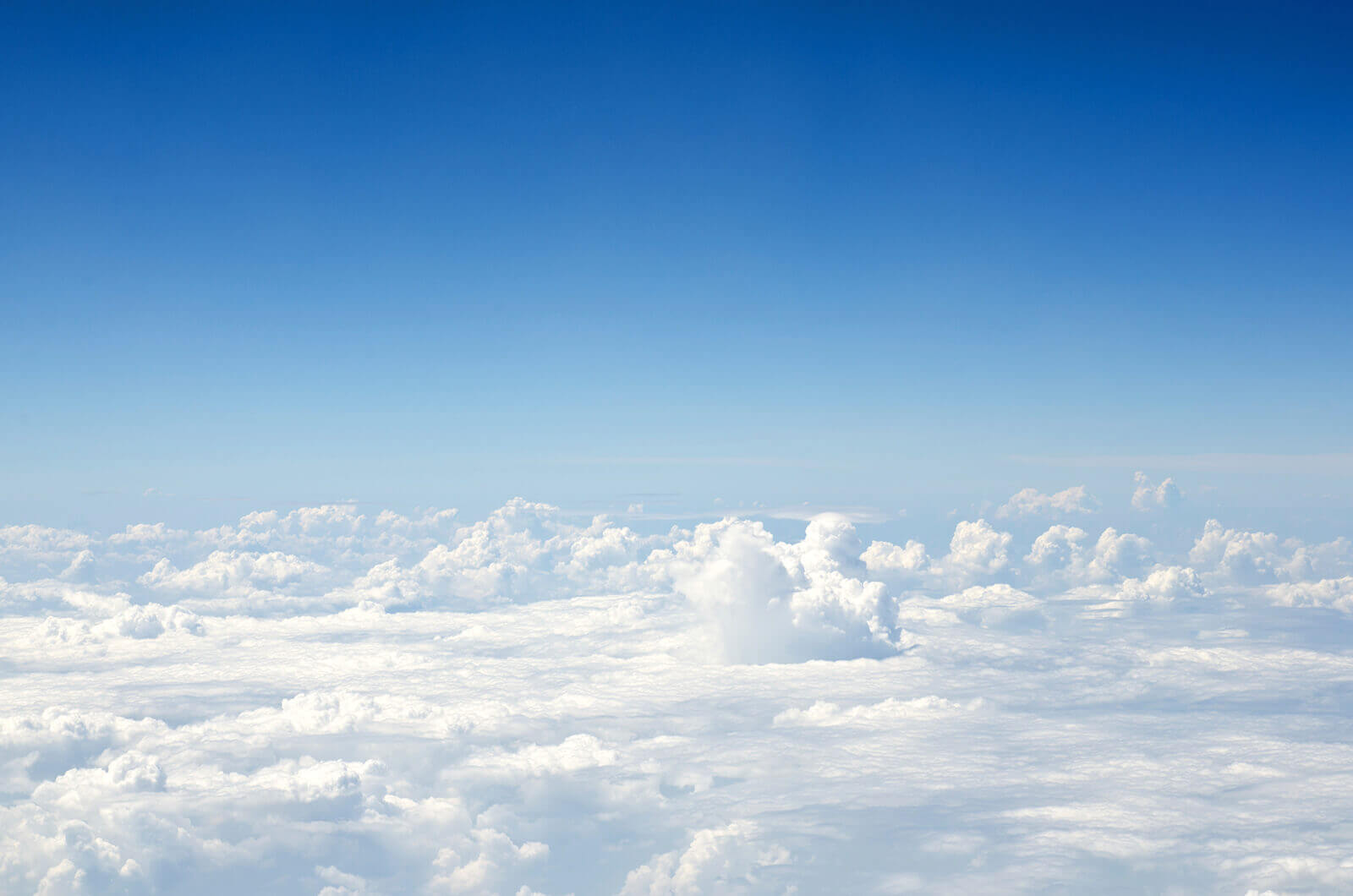
Cheap flights to Mount Isa










Find cheap flights to Mount Isa with Cheapflights
1. Tell us where you want to go
Enter your travel information like dates, passengers, trip type (one-way or round trip), and preferred cabin class then click “Find deals”2. Select your favorite providers
We find the providers serving your travel needs. Choose up to four travel providers to compare side-by-side for flights, hotels, or car rentals.3. Compare prices and book
Review each provider’s pricing and select the best option for you! Book through your favorite provider’s website for a seamless experience.Best time to book a flight to Mount Isa
Have a flexible travel schedule? Discover the best time to fly to Mount Isa with our price prediction graph.
Cheapflights Insights
Everything you need to know about your flight to Mount Isa
Rainfall in Mount Isa by month
In terms of precipitation, rainfall in Mount Isa ranges from 0.0 - 3.5 inches per month. January is typically the wettest month, when rainfall can reach 3.5 in. June is typically the driest time to visit Mount Isa when rainfall is around 0.0 in.
Temperature in Mount Isa by month
If weather is an important factor for your trip to Mount Isa, use this chart to help with planning. For those seeking warmer temperatures, January is the ideal time of year to visit, when temperatures reach an average of 86.0 F. Travelers looking to avoid the cold should look outside of July, when temperatures are typically at their lowest (around 60.8 F).
FAQs about flying to Mount Isa
Best Time to Fly to Mount Isa, Australia
Due to the arid desert location of the city, temperatures here are extremely high, with hot, humid days all through the year. During the winter season, between April and September, visitors can still experience warm days, but nights are generally cooler. Combined with a lower average number of rainy days, the cooler winter season is a more comfortable time to enjoy the local attractions.
Rainfall can be particularly heavy between November and March, making this time of year less attractive to visitors. However, rainfall varies from year to year, so you can get cheaper deals on travel and accommodations during this season and still be rewarded with hot weather.
Getting around Mount Isa, Australia
Mount Isa is well connected by road, rail and buses. A taxi service is available within the immediate city area and you can also get a taxi to and from nearby Conclurry. If you want to venture further afield, there is a coach service to Townsville, Brisbane and Tennant Creek, which is operated by Greyhound Australia. Alternatively, you can hop on The Inlander train for an overnight connection to Townsville.